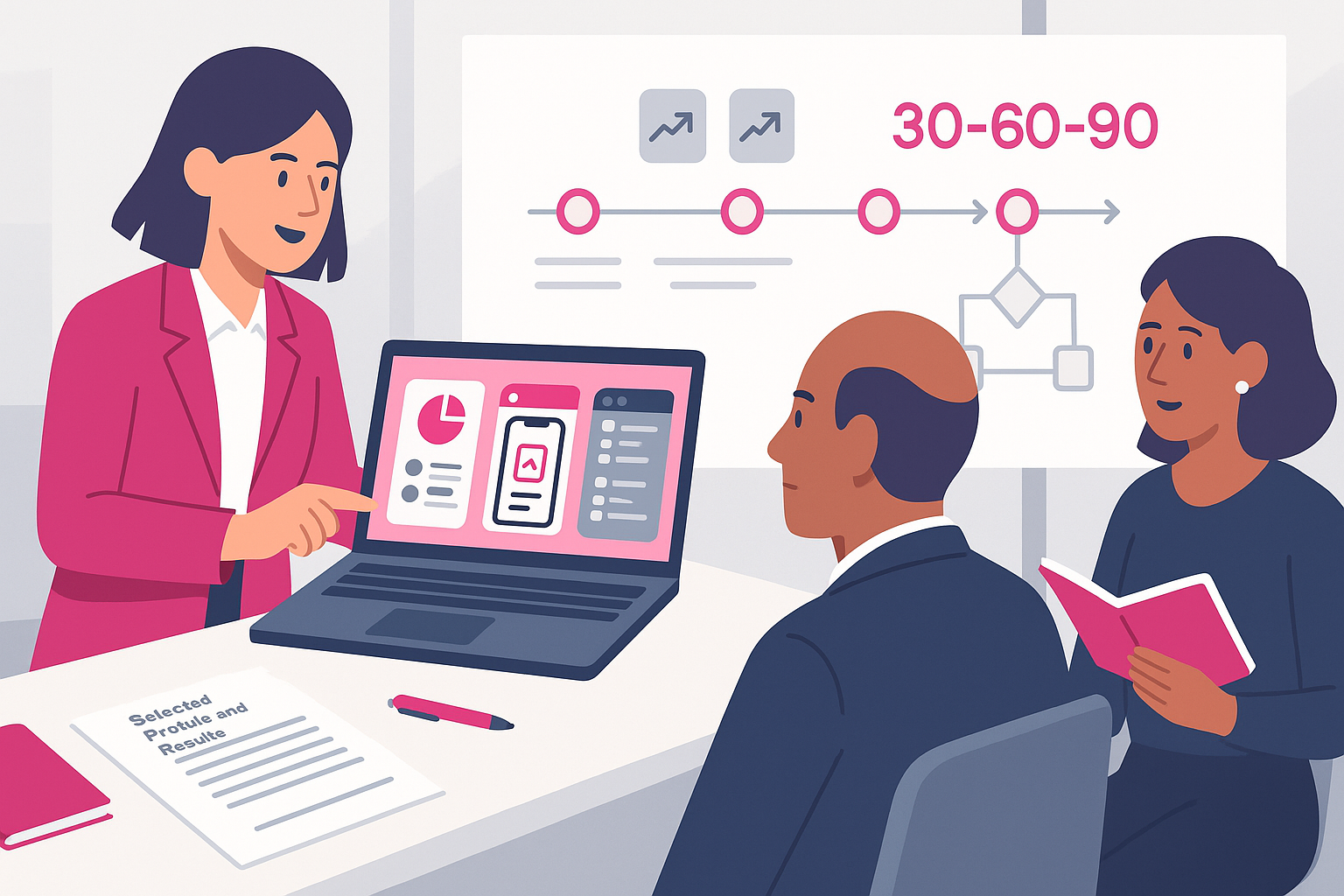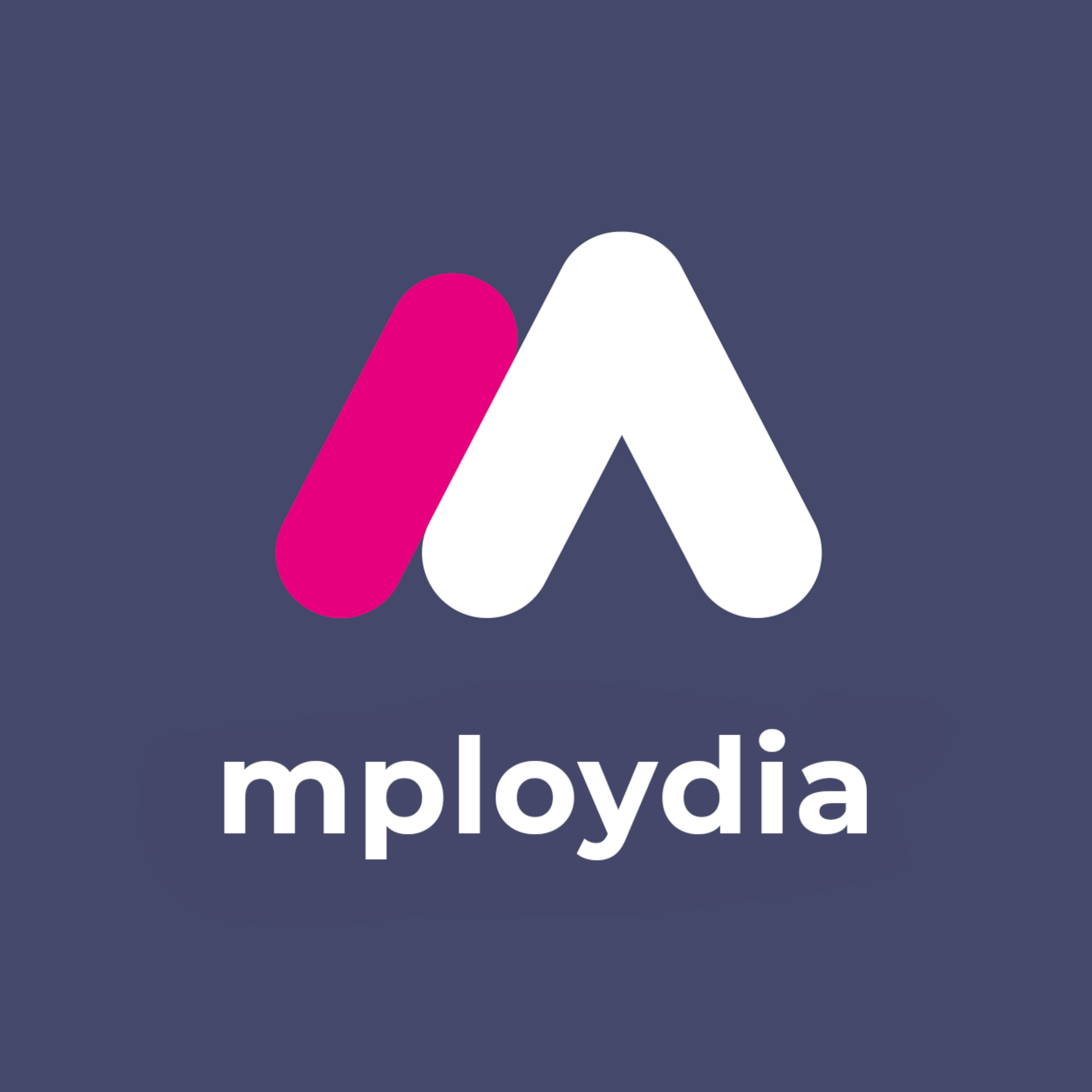
Graduate wins without internships: tactics to get hired
Introduction: yes, graduates can win without internships
You have been told internships are the golden ticket. Not true. Employers do not buy internships. They buy evidence you can create value fast, communicate clearly, and learn without being managed too much. If you lack internships, you need a better playbook, not excuses. This article gives you that playbook. It is blunt, tactical and proven.
What employers actually buy
Hiring managers are de-risking a decision. They want signals you will deliver in their environment. Internships are one proxy, but not the only one. Replace that proxy with stronger proof.
- Proof of work that matches their problems
- Speed to value within 30 to 90 days
- Reliability, ownership and clarity in communication
- Practical understanding of their customers and market
- Coachability and structured thinking
The more you show these, the less anyone cares whether you had an internship.
The WINS framework for graduates without internships
Use this four-part system to create strong, fast signals of employability.
- Workproof: tangible deliverables that map to real job outputs
- Impact: quantified results, even from self-started or volunteer work
- Network: targeted conversations that open doors, not random liking online
- Story: crisp narratives that translate your outputs into employer value
If you execute WINS well for four weeks, you will increase interviews and offers.
Build Workproof in 14 days
You need assets that look like the job. Build small, high-quality outputs that a hiring manager can skim in five minutes and trust.
Pick one role family and choose one Workproof track:
- Marketing: 3-page growth plan for a target company, A/B test ideas, content calendar, a 2-week social experiment with metrics
- Data: a reproducible analysis with a dashboard answering a business question using public or scraped data, clear business implications
- Software: a small feature, bug fix in an open-source repo, or a working prototype solving a real user problem, with tests and docs
- UX/UI: a clickable prototype in Figma for a specific user journey, usability test with 5 users, summary of findings
- Operations: a process map, KPI tree, and a simple automation that removes manual steps using Sheets and no-code tools
- Product: problem framing, opportunity sizing, requirements doc, simple prototype, and a validation summary
- Sales: researched account list, value hypotheses by persona, 15 outreach messages sent, 3 conversations booked
- Customer support/success: a knowledge base article, a troubleshooting decision tree, a churn risk playbook
- Finance/analytics: a 13-week cashflow model for a small business, sensitivity analysis, and key insights
Deliverable checklist for Workproof
- One-page executive summary that states the problem, what you built, and the business value
- A live link or repository, with a 2 to 3 minute Loom walkthrough
- A short case study using STAIR: Situation, Task, Action, Impact, Reflection
- Evidence snapshots: screenshots, metrics, user feedback, or stakeholder quotes
Example Workproof packs by role
- Data analyst: “Reducing late deliveries for a UK e-commerce brand” using public order data. Deliverables: a BigQuery or CSV dataset, a Jupyter notebook, a Looker Studio dashboard with 3 KPIs, and a 2-minute Loom explaining the insights and actions. Impact estimate: “Potentially reduces late deliveries by 18 to 25%.”
- Marketing associate: “Organic lead lift for a B2B SaaS start-up.” Deliverables: competitor content gap analysis, 30-day content calendar, 2 SEO-optimised drafts, a micro-test on LinkedIn showing 3% click-through, and a simple lead magnet. Impact: “Projected 20 qualified leads in 30 days.”
- Operations assistant: “Cutting onboarding time by 30%.” Deliverables: process map, SOPs, template emails, Zapier workflow to auto-create folders and tasks, and a before-and-after time study.
How to find problems to solve without access to companies
- Analyse a target company’s external signals: product reviews, social comments, job adverts, help centre, and Glassdoor
- Pick one clear pain. Examples: long onboarding, poor self-serve support, weak SEO for valuable terms, manual reporting, slow response times
- Build a public solution and publish it as “Company Teardown: Problem to Playbook.” Keep it respectful, factual and useful
Turn outputs into Impact
Impact beats activity every time. Quantify results even when you design the project yourself.
- Base rate improvements from known benchmarks. Example: “Usability fix cut time on task by 22% in 5-user test.”
- Micro-tests. Example: “Outreach variant B generated 3 replies from 20 messages vs 0 for A.”
- Proxy metrics. Example: “Predicted to save 6 hours per week based on time study on 10 tasks.”
- External validation. Example: “Mentor with 10 years in ops reviewed and endorsed the solution.”
Capture numbers, then write them as proof points on your CV, LinkedIn and portfolio.
Network with intent, not noise
Your network strategy must be narrow and useful.
- Build a target list: 30 companies, 3 roles each, 2 contacts per role
- Prioritise those hiring now or likely soon based on funding, growth, or product launches
- Create a Value Thesis per company: What pain likely exists, what you can deliver in 30 to 90 days, and one Workproof item relevant to them
Outreach scripts you can use today
Connection message
Hi [Name], I’m a recent [Degree] focused on [function]. I built a short [deliverable] tackling [pain] common in [industry]. Would you be open to a 12-minute chat to sanity-check it? If not, happy to share the 1-page summary.
Follow-up after acceptance
Thanks for connecting. Here’s the 1-page summary and a 2-minute walkthrough video. I’d value your blunt feedback. If it resonates, I’d love your advice on who else I should speak with.
Post-conversation close
Appreciate your time. Based on our chat, I drafted a 30-60-90 plan for [team]. If helpful, I can adapt it further. If you think it could help [Hiring Manager], I’d be grateful for an introduction.
Your 30-60-90 learning plan template
- 30 days: onboard fast, map processes, fix 2 quick wins, report weekly
- 60 days: own a measurable project, automate one bottleneck, document SOPs
- 90 days: scale what works, hand over documentation, propose next-quarter roadmap
Keep it to one page. Use active verbs. Tie actions to metrics.
Tell stronger stories without internships
You will be asked for examples of teamwork, problem solving, conflict, and ownership. Use the STAIR structure and talk like a practitioner, not a student.
- Situation: one sentence of context
- Task: the objective in numbers
- Action: your method and tools
- Impact: the measurable outcome
- Reflection: what you changed next time
Example answer
Situation: Sign-ups were flat for a student-run event series. Task: lift event registrations by 25% in 4 weeks. Action: analysed past attendee data, rebuilt landing page copy, ran two message variants, partnered with two societies for cross-promotion. Impact: registrations rose 41%, cost per registration fell 33%. Reflection: incorporated a weekly experimentation cadence and a tracking sheet to keep moving fast.
Optimise your CV for no-internship wins
Structure
- Top third: Professional summary focused on value, not aspirations
- Core skills: tools, methods and domain knowledge aligned to job specs
- Evidence section: “Selected Projects and Results” with live links
- Education at the bottom unless the degree is directly relevant
Rules
- Use action plus impact bullets. No fluff. No “responsible for.”
- Lead with numbers. “Cut processing time by 30%” beats “improved efficiency.”
- Add credibility signals: endorsements, certifications, awards, competition placements
- Include a link hub: portfolio site or Notion, GitHub, Figma, LinkedIn
Impact bullet templates
- Reduced [metric] by [x%] by [method], resulting in [business outcome]
- Built [deliverable] that [verb] [problem], driving [metric change]
- Automated [process] using [tool], saving [time] per [period]
Write a cover letter that earns 10 minutes of attention
Use the Pain, Proof, Plan format in 120 to 180 words.
- Pain: show you understand their problem
- Proof: reference one Workproof asset with a number
- Plan: 3 bullets on what you will deliver in the first 60 days
Close by asking for a short call. Do not restate your CV.
Publish publicly to multiply reach
Your work needs to be discoverable. Use these channels:
- GitHub or GitLab for code and data notebooks
- Figma or Behance for design
- Notion or a simple site for case studies and SOPs
- YouTube or Loom for short walkthroughs
- LinkedIn for weekly summaries and learnings
Posting cadence
- Weekly: publish one Workproof item and one learning thread
- Monthly: ship a teardown of a target company problem
- Quarterly: reflect on metrics improved across your projects
Credibility signals that replace internships
- Open source contributions: merged pull requests, issue triage, or docs improvements
- Competitions and hackathons: Kaggle bronze or above, Uni competition wins, product hack placements
- Certifications that include projects: Google Analytics, AWS Academy, HubSpot, Microsoft, Tableau, with attached project links
- Volunteer projects with measurable impact: charity CRM cleanup, SEO overhaul, donor analytics
- Micro-consulting for small businesses: 2 to 4-week sprints with clear before-and-after metrics
- References: lecturers, project leads, community organisers who can speak to your reliability and output
Fast alternatives to traditional internships
- Short project sprints: 2-week value projects for start-ups in your city
- Virtual work simulations: role-specific tasks from credible platforms, paired with your own additions
- Job shadowing: 2 to 3 days observing and documenting processes, ending with a proposed improvement
- Reverse mentoring: teach AI or no-code skills to a senior professional, in return get exposure and a testimonial
- Alumni-led practice briefs: ask alumni to set you a realistic brief, then review your work
Each of these can be turned into a Workproof asset with impact and a testimonial.
A four-week execution plan
Week 1: Choose target role and industry. Build your first Workproof.
- Define one problem worth solving for a specific company
- Draft a one-page plan, then build a minimum viable deliverable
- Record a 2-minute walkthrough and publish it
- Write a STAIR case study with metrics and a reflection
Week 2: Ship and learn in public. Start conversations.
- Post your Workproof on LinkedIn with 3 clear learnings
- DM 20 practitioners with your 1-page summary and ask for feedback
- Incorporate feedback and ship a V2
- Create a 30-60-90 plan template for your target role
Week 3: Targeted applications with Pain, Proof, Plan.
- Curate a list of 30 roles with high fit
- Send tailored applications with your Workproof and 30-60-90 plan
- Book 5 to 8 informational calls using the scripts
- Build a second Workproof item focused on a different pain
Week 4: Convert conversations into interviews.
- Share a company-specific teardown with a hiring manager
- Ask for referrals after delivering value in conversation
- Prep interview stories using STAIR, rehearse aloud, record and review
- Maintain daily momentum: 60 minutes building, 30 minutes outreach, 30 minutes applications, 15 minutes reflection
Interview tactics when you have no internships
- Lead with outputs. Open with “I built X that delivered Y.”
- Translate tools into business impact. Say “fewer churned customers” not “SQL join and cohort chart.”
- Show your learning system. Keep a simple “evidence log” you can screen-share.
- Handle the “experience” question. Say “I created experience by shipping projects that mirror your roadmap. Here are the results.”
- Close strong. Offer a short post-interview task with a clear boundary, for example a one-page prioritised approach to a real problem.
Common mistakes that cost you interviews
- Writing duties, not results
- Portfolio pages without live links or walkthroughs
- Long case studies with no executive summary
- Applying broadly with zero tailoring
- Hiding behind online applications and avoiding human conversations
- Asking for jobs before offering value
Fix all of the above and your response rate increases.
Realistic case snapshots
Case A: Computer science graduate, no internships, 8 weeks to offer
- Built two features in a popular open-source project, merged PRs
- Created a small web app solving a niche scheduling pain for societies
- Published clean docs, tests, and a 2-minute video
- Secured 6 interviews, 2 offers. Joined a start-up as a junior engineer
Case B: Psychology graduate, pivoting to UX, 6 weeks to interviews
- Ran 5 guerrilla usability tests on a charity website
- Produced a Figma prototype fixing key friction, measured 38% faster task completion
- Shared findings with the charity and gained a testimonial
- Landed 4 interviews, 1 offer in a CX role
Case C: Business graduate, aiming for operations, 5 weeks to offer
- Mapped onboarding and automated document creation using Zapier
- Time saved: 5 hours per week per manager based on trial
- Wrote SOPs and a metric dashboard
- Secured 3 interviews, 1 offer at a logistics firm
Your Quality Bar: the 5-5-5 rule
Before you send anything, check:
- 5 seconds: is the headline value clear
- 5 minutes: can a manager view the walkthrough and get the point
- 5 days: could this realistically survive first week in production
If yes, ship it.
Your credibility stack checklist
- One-page portfolio hub with live links
- Two Workproof case studies with metrics
- One video walkthrough per project
- 30-60-90 plan template, customisable in 15 minutes
- 30 target companies, 60 practitioner contacts
- Three references or testimonials
- A CV with 6 to 8 impact bullets and no fluff
FAQs
Q: Will employers see self-initiated projects as real experience
A: If they are relevant, measurable, and reviewed by practitioners, yes. Many managers prefer a shipped, useful thing over a generic internship.
Q: How many projects do I need
A: Two strong, relevant ones beat six weak ones. Aim for quality and relevance.
Q: What if I pick the wrong problem
A: Then you iterate. Share early, get feedback, pivot. Speed of learning is itself a hiring signal.
Q: Should I do unpaid work
A: Keep scope tight and time-bound, with clear outcomes and the right to publish your work. Prioritise learning and evidence over free labour.
Close: win by reducing risk, not chasing labels
Internships help some people. They are not mandatory. Replace them with better signals. Build Workproof, measure Impact, Network with intent, and tell a clear Story. Do this for four disciplined weeks. You will get more replies, more interviews, and better offers. That is how a graduate wins without internships.
Next Steps
Want to learn more? Check out these articles:
Post-Application Silence Plan What To Do If You Hear Nothing
Translate Tasks Into Employer Value [The Practical Playbook]
CV Wins That Get Calls: Practical Moves Recruiters Notice
Check out our Advanced Employability Course for all the help you need to get your dream job, fast.


